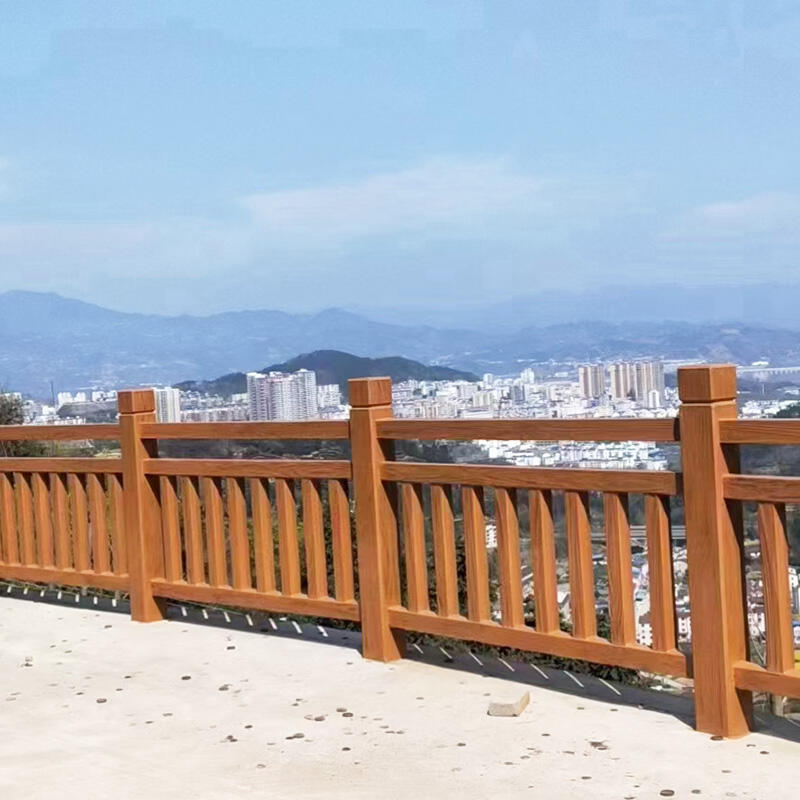Offentlige fasiliteter: Nøkkelen til å forbedre bylivskvalitet
Å skape levelige byer er ikke bare en arkitektonisk oppgave; det krever nøye planlegging, strategiske investeringer og samfunnsengasjement fokusert rundt offentlige fasiliteter. Disse offentlige fasilitetene—som spenner fra parker og helsesentre til utdanningsinstitusjoner—bidrar betydelig til den generelle urban livbarheten.
Forståelse av offentlige fasiliteter og deres betydning
Definisjon av offentlige fasiliteter
Offentlige fasiliteter omfatter ulike infrastrukturer og tjenester som dekker behovene til byens innbyggere. Dette inkluderer parker, transportsystemer, helseinstitusjoner, skoler, biblioteker og offentlige plasser, alle med mål om å forbedre hverdagen til innbyggerne og fremme samfunnsengasjement.
Rollen til offentlige fasiliteter i byliv
Offentlige fasiliteter fungerer som ryggraden i urban infrastruktur. De støtter essensielle tjenester som muliggjør sosial interaksjon, rekreasjonsmuligheter og helsetjenester. Funksjonelle offentlige rom kan betydelig påvirke innbyggernes oppfatning av nabolaget sitt, samtidig som de oppmuntrer til fellesskapsbånd.
Innvirkning på livskvalitet
Et veletablert nettverk av offentlige fasiliteter kan forbedre livskvaliteten i en by. Effektive offentlige tjenester kan forbedre mobilitet, øke tilgangen til essensielle tjenester og gi rekreasjonsområder, noe som til slutt fører til sunnere og lykkeligere byboere. Forskning fra Verdensbanken avslører at byer med bedre forvaltede offentlige rom gir større sosiale og økonomiske fordeler totalt sett.
Nøkkeltyper av offentlige fasiliteter som forbedrer levekår
Offentlige transportsystemer
Offentlig transport er avgjørende for å forbedre urban levekår. Effektive systemer reduserer trafikkork og miljøforurensning samtidig som de forbedrer tilgangen til jobber og tjenester. Investeringer i bærekraftig offentlig transport kan skape robuste urbane korridorer, øke produktiviteten og tilkoblingen, og dermed fremme økonomisk vekst.
Tilgjengelighet av helsetjenester
Tilgjengeligheten av kvalitetshelsetjenester er en kritisk offentlig nødvendighet. Som uttalt i en publikasjon av Jiwa Muda Indonesia, er rimelig helsetjeneste avgjørende for byboere, og sikrer at tilstrekkelige medisinske tjenester er tilgjengelige. Ved å etablere helsestasjoner og sykehus i ulike distrikter kan byer imøtekomme umiddelbare folkehelsebehov og fremme forebyggende omsorgsprogrammer.
Utdanningsfasiliteter og deres rolle
Utdanning legger grunnlaget for samfunnsutvikling, og tilgang til utdanningsfasiliteter er avgjørende for å utjevne sosial ulikhet. Skoler, universiteter og yrkesopplæringssentre gir befolkningen muligheter for ferdighetsutvikling. Byer som prioriterer rimelig utdanning bidrar til en mer utdannet arbeidsstyrke, som igjen forbedrer den økonomiske stabiliteten.
Investeringer i offentlige rom og infrastruktur
Økonomiske fordeler ved investeringer i offentlige fasiliteter
Investeringer i offentlige fasiliteter kan gi høye avkastninger. Som fremhevet av Verdensbanken, byer som utvikler sine offentlige rom ikke bare forbedrer samfunnssammenholdet, men også styrker lokale økonomier. Forbedrede offentlige rom tiltrekker turisme og investeringer, skaper arbeidsplasser og stimulerer lokale bedrifter.
Skape bærekraftige bymiljøer
Bærekraft bør være i forkant av byplanlegging. Ved å integrere grønne områder og miljøvennlige offentlige fasiliteter, kan byer ta tak i utfordringer som urbane varmeøyer og luftkvalitetsproblemer. Bærekraftige praksiser i forvaltningen av offentlige rom fører til sunnere bymiljøer og støtter langsiktig samfunnsvelvære.
Casestudier fra vellykkede byer
Byer som København og Singapore eksemplifiserer vellykket integrering av offentlige fasiliteter i byplanlegging. Deres forpliktelse til å skape inkluderende, tilgjengelige offentlige rom har ført til livlige samfunn. Begge byene har vist at investering i offentlige fasiliteter betydelig forbedrer den generelle livskvaliteten for innbyggerne.
Utfordringer med å tilby tilstrekkelige offentlige fasiliteter
Budsjettbegrensninger og ressursallokering
Til tross for de åpenbare fordelene, står mange byer overfor utfordringer med finansiering og ressursallokering for offentlige fasiliteter. Budsjettbegrensninger begrenser ofte muligheten til å bygge og vedlikeholde essensiell infrastruktur, noe som forverrer ulikhet og kompromitterer levekår.
Utfordringer med byplanlegging
Effektiv byplanlegging er avgjørende. Ukoordinerte tiltak kan føre til dårlig utformede fasiliteter som ikke imøtekommer samfunnets behov. I tillegg hindrer rask urbanisering ofte utviklingen av omfattende og langsiktige strategier som tar hensyn til fremtidig vekst.
Adressering av sosial ulikhet
Sosial ulikhet er en presserende utfordring som byer må strebe etter å overvinne. Å sikre at alle innbyggere har lik tilgang til offentlige fasiliteter kan bryte ned barrierer som marginaliserte samfunn ofte møter. Dette krever en samfunnsorientert tilnærming i planlegging og beslutningsprosesser.
Strategier for å forbedre tilbudet av offentlige fasiliteter
Regjeringens politikk og samfunnsengasjement
Å fremme samfunnsengasjement i planleggingsprosesser øker åpenheten og oppmuntrer til deltakelse fra innbyggerne. Regjeringens politikk må støtte samarbeidende partnerskap for å prioritere offentlige fasiliteter som virkelig gjenspeiler innbyggernes behov.
Innovative tilnærminger i fasilitetsforvaltning
Byer kan se etter innovative forvaltningsstrategier som utnytter teknologi og offentlig-private partnerskap for å optimalisere ressurser. Slike samarbeid kan legge til rette for bedre vedlikehold av offentlige rom samtidig som tjenestetilbudet utvides til underbetjente områder.
Rollen til partnerskap med privat sektor
Å engasjere privat sektor i utviklingen av offentlige fasiliteter kan gi nødvendig kapital og ekspertise. Ved å etablere partnerskap kan byer forbedre tjenestelevering og øke den generelle levekvaliteten i urbane områder, og skape et robust rammeverk for bærekraftig vekst.
Avslutningsvis gir utviklingen av offentlige fasiliteter byer en vei til å forbedre levekvaliteten og takle moderne urbane utfordringer. Ved å prioritere investeringer i disse infrastrukturen kan byer skape et grunnlag for blomstrende samfunn, som til slutt gagner alle innbyggere. Med koordinerte innsats i planlegging, finansiering og samfunnsengasjement kan vi transformere urbane områder til livlige, inkluderende og bærekraftige miljøer.

